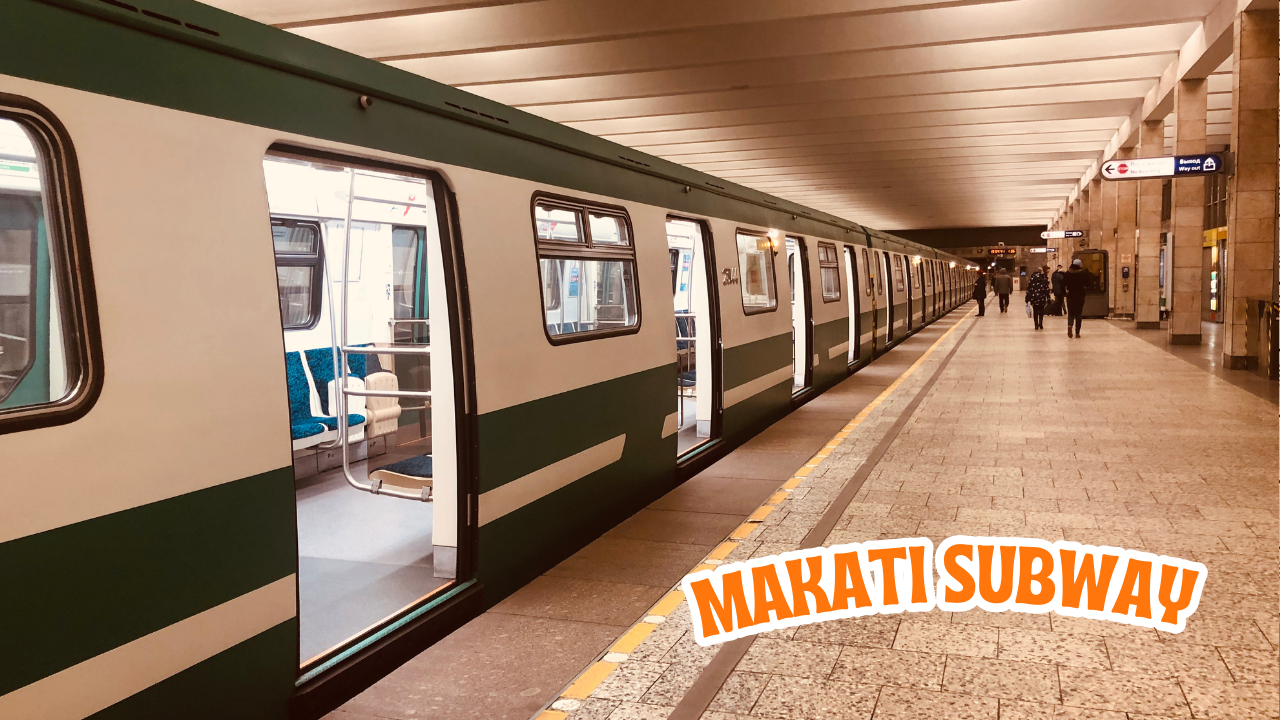The Makati Subway is one of the most anticipated infrastructure projects in Metro Manila, designed to transform the city’s transportation landscape. With its goal to ease traffic congestion and improve mobility in the bustling business district of Makati, the subway is set to enhance both the daily commute for workers and the overall connectivity within the metropolis. Here’s everything you need to know about the Makati Subway and why it’s expected to be a game-changer for both locals and visitors.
What is the Makati Subway?
The Makati Subway Project is a privately-funded, mass-transit system initiated by the local government of Makati in collaboration with a consortium of private investors. Officially known as the Makati City Subway, this underground rail system is part of Makati’s vision to become a smart, sustainable, and green city. It aims to provide fast, convenient, and reliable transportation within the Makati Central Business District (CBD), one of the busiest and most congested areas in Metro Manila.
The subway will span approximately 10 kilometers and include 10 stations that will connect key points in the city, such as commercial hubs, residential areas, and major transportation terminals. Once operational, the Makati Subway will be integrated with the broader Metro Manila railway network, including the Metro Rail Transit (MRT) and the planned Mega Manila Subway, ensuring seamless travel for commuters across the capital region.
Key Features of the Makati Subway
- Convenience and Efficiency The Makati Subway will drastically cut down travel time for commuters navigating the CBD. It is expected to ease the daily congestion on the city’s roads, especially along Ayala Avenue, where traffic is notoriously heavy. By providing a fast, underground alternative, the subway will make commuting within the city easier and more efficient, reducing travel times and improving productivity for residents and workers.
- Strategic Stations The subway will feature 10 strategically located stations, designed to provide easy access to popular destinations in Makati. These stations will include stops near key business areas like the Makati Stock Exchange, Ayala Triangle, Makati City Hall, and major shopping malls like Greenbelt and Glorietta. The goal is to connect business centers with residential and commercial areas, making it easier for employees, residents, and tourists to move around the city.
- Eco-Friendly Infrastructure In line with Makati’s commitment to sustainability, the subway is expected to employ eco-friendly technologies and practices. The stations and trains will feature energy-efficient designs, and the project aims to reduce the city’s carbon footprint by encouraging the use of mass transit instead of private vehicles. By lowering the number of cars on the road, the subway will help reduce air pollution and promote a greener environment.
- Smart and Modern Features The Makati Subway will be equipped with modern, smart technology to enhance the commuter experience. Features like contactless ticketing systems, real-time tracking, and information screens will provide passengers with a seamless and efficient way to navigate the system. The subway is also expected to integrate with Makati’s smart city initiatives, including digital platforms for easy navigation and communication.
- Accessibility The subway system will prioritize accessibility for all commuters, including persons with disabilities, seniors, and parents with strollers. Elevators, escalators, and barrier-free access points will ensure that all passengers can comfortably and safely use the system. This commitment to inclusivity is a significant step toward making public transportation accessible to everyone.
Expected Impact of the Makati Subway
- Reduced Traffic Congestion One of the primary goals of the Makati Subway is to alleviate the traffic problems that plague the city. With more people using the subway, it is expected that fewer private cars will be on the road, significantly reducing traffic jams and improving travel times. This will benefit not only the residents and workers in Makati but also those who commute through the city from neighboring areas.
- Boost to the Local Economy By improving access to key business and commercial areas, the Makati Subway is expected to boost the local economy. It will provide easier access for workers, making commuting less stressful and more efficient, which in turn can lead to increased productivity. Additionally, the improved connectivity will make Makati an even more attractive location for businesses and investors, further cementing its status as the financial hub of the Philippines.
- Enhanced Property Values The development of the subway is also expected to positively impact property values in Makati. Areas near subway stations are likely to see an increase in demand, particularly for residential and commercial properties, as access to efficient public transportation becomes a key factor for investors and homeowners. The subway will make these areas more accessible, increasing their attractiveness to both buyers and renters.
- Improved Quality of Life The subway will significantly enhance the quality of life for Makati’s residents, employees, and visitors. By reducing travel times, easing congestion, and providing a more convenient and reliable mode of transportation, the subway will make daily life easier and more enjoyable. Commuters will spend less time in traffic and have more time to focus on work, leisure, and family activities.
Timeline and Construction Updates
As of 2024, construction on the Makati Subway is ongoing, with full operations expected to begin within the next few years. The project has experienced delays due to various challenges, including the COVID-19 pandemic and logistical issues, but the local government and private sector partners remain committed to completing the project. Once operational, the Makati Subway is expected to serve thousands of passengers daily, providing a much-needed solution to the city’s transportation woes.
Conclusion
The Makati Subway is poised to be a transformative project for both the city of Makati and the broader Metro Manila region. With its efficient, modern design and commitment to sustainability, the subway promises to offer a convenient and eco-friendly alternative to traditional commuting methods. As Makati continues to grow as the financial and commercial hub of the Philippines, the subway will play a crucial role in shaping the city’s future, improving connectivity, and enhancing the quality of life for its residents and visitors.




